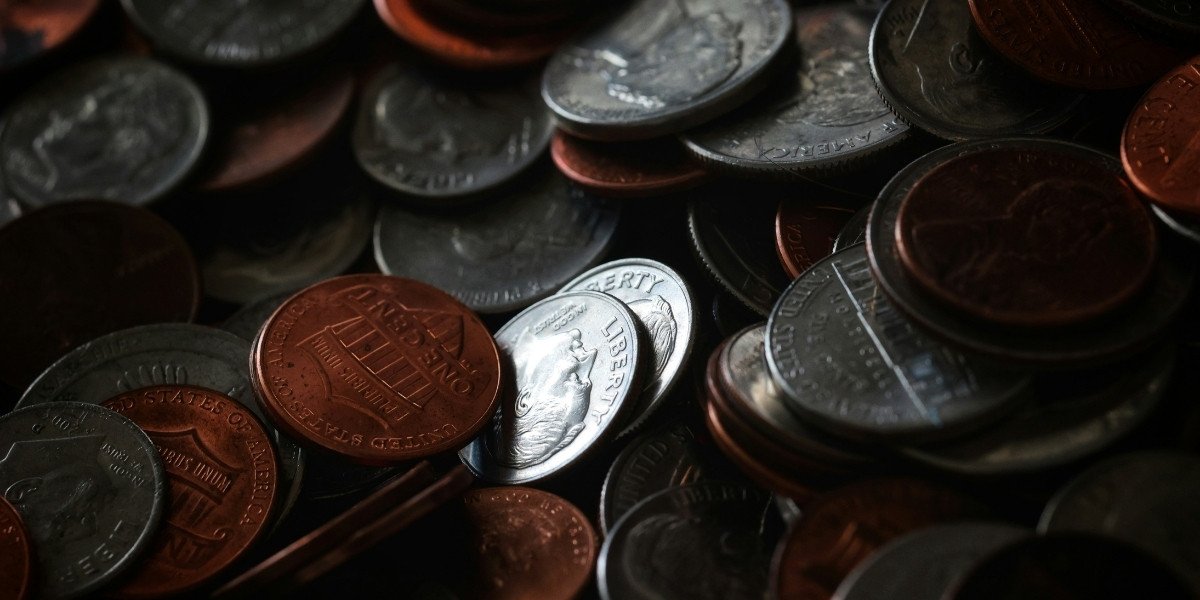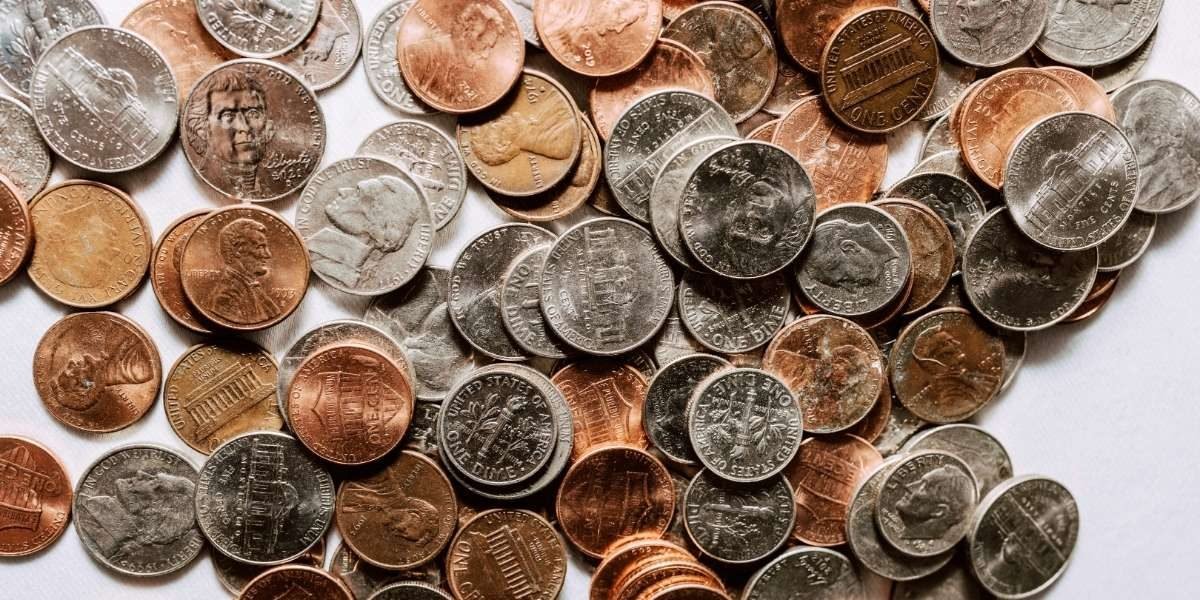In a bold move that will save taxpayers $56 million, the U.S. government has announced that it will cease the production of 1-cent coins starting in 2025. This decision, which has generated both excitement and controversy, marks a significant step in the country’s ongoing effort to streamline the coinage system and address rising production costs. As the U.S. moves away from the penny, it raises critical questions about the future of currency, the role of small denominations in the economy, and how this will affect both consumers and businesses.
The Rising Cost of Penny Production
The penny, once a staple in the U.S. currency system, has become increasingly costly to produce. According to the U.S. Mint, it costs approximately 2.1 cents to make a single penny. This means that each year, the U.S. government loses millions of dollars producing coins that are worth less than their actual manufacturing cost. In 2023 alone, the Mint spent an estimated $56 million producing pennies, a financial burden that has become unsustainable in an era of fiscal conservatism and inflation concerns.
The decision to stop producing pennies is rooted in economic efficiency. By halting penny production, the U.S. Treasury hopes to reallocate resources to more cost-effective coinage, such as the nickel and dime, which continue to serve essential functions in day-to-day transactions. The savings will also help offset the rising costs of other forms of currency production and management.
Economic Impact: A Boon for the U.S. Treasury
While the financial savings are immediately evident, the broader economic impact of ending penny production is more nuanced. The $56 million saved annually from halting penny production will have ripple effects throughout the economy, especially when it comes to federal spending. These funds will be rechanneled into areas that improve the efficiency of the overall coinage system, such as the production of quarters and other denominations that are more widely used.
From a business perspective, many small companies and merchants have long complained about the inefficiency of dealing with pennies. For businesses, handling small change costs both time and money. Retailers, in particular, will benefit from the elimination of the penny, as they will no longer need to keep large stocks of these low-value coins. The move is expected to streamline cash transactions, especially for those making small purchases or paying in cash, where pennies have often led to slow and frustrating exchanges.
A Shift Toward Digital Payments and Roundups

Photo Credit: Unsplash.com
In addition to cost savings, the U.S. government’s decision to phase out penny production reflects the growing trend toward digital payments and cashless transactions. As credit and debit card usage increases, the need for physical coins—especially pennies—has diminished. According to the Federal Reserve, the volume of cash transactions has been steadily decreasing, with many consumers opting for mobile payments or contactless cards for even small purchases.
Another important factor contributing to this shift is the rise of rounding systems. In countries like Canada and New Zealand, which have already eliminated low-value coins, businesses often round prices to the nearest 5- or 10-cent increment, simplifying transactions. In the U.S., a similar rounding system may be adopted to replace the penny, especially in cash transactions. This could reduce the number of coins in circulation and make small transactions more efficient without creating undue hardship for consumers.
The End of an Era: The Penny’s Cultural Significance
While the financial benefits of eliminating the penny are clear, the move also signals the end of an era in American currency. The penny has long held cultural significance as a symbol of frugality and patriotism, often appearing in popular sayings like “A penny saved is a penny earned.” It also features one of the most iconic figures in U.S. history—President Abraham Lincoln, whose image has graced the coin for more than a century.
For many, the penny represents more than just a small denomination—it’s a piece of American heritage. The sentimental value attached to the penny may drive some resistance to the change. However, advocates argue that the move will ultimately reflect the country’s evolution toward a more streamlined and efficient monetary system.
What’s Next for U.S. Currency?
As the penny fades into history, the question remains: what’s next for the U.S. currency system? Will the nickel and dime follow suit, or will the U.S. eventually phase out even larger denominations? Some experts suggest that the government may explore further digitization of currency, with the introduction of digital dollars or a potential central bank digital currency (CBDC) in the near future.
For now, the focus will be on implementing the penny phase-out and adjusting to a coinage system that better aligns with modern economic realities. As the U.S. continues to navigate fiscal challenges and shifts in consumer behavior, it’s likely that more changes to the nation’s monetary policy will follow, further shaping the future of U.S. currency.
A Smooth Transition: Public Reaction and Industry Support
The U.S. Treasury’s move to eliminate the penny has garnered mixed reactions. While many financial experts and business leaders support the decision, some members of the public remain attached to the coin’s historical and symbolic significance. However, as the public increasingly embraces digital payments and the need for pennies continues to decline, the transition away from the penny will likely be seen as a practical step toward modernizing the U.S. economy.
Financial institutions, retailers, and economists are already adapting to this change. Many banks are working on strategies to ensure a smooth transition, including adjustments to their coin inventories and modifications to cash handling processes. At the same time, consumer education campaigns will help mitigate any confusion regarding rounding practices and changes to cash transactions.







